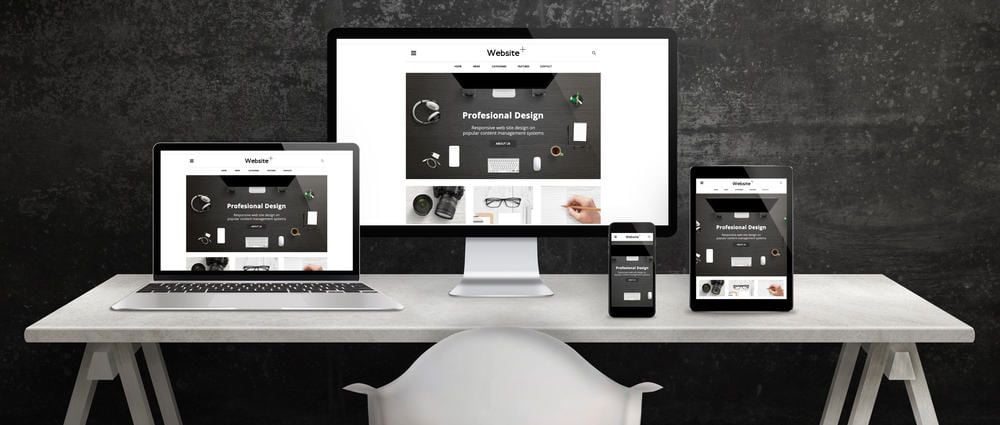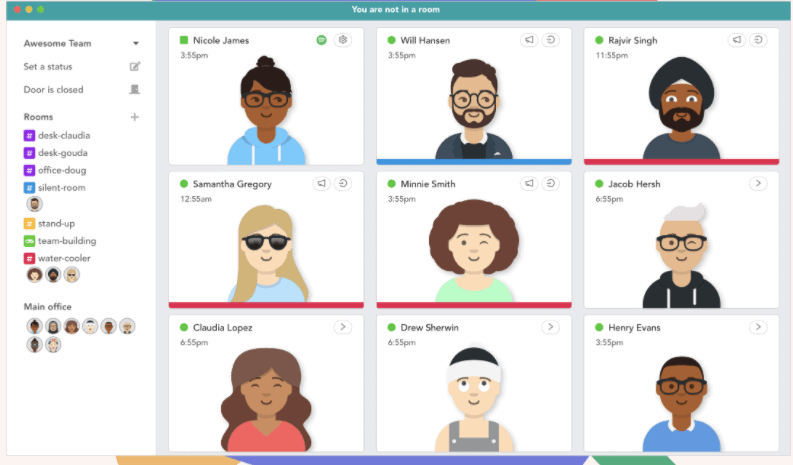How to Maintain and Even Evolve Company Culture During a Pandemic

Traditional company cultures have revolved mainly around the workplace. A few months ago, employees stepped into each other’s offices or gathered together in teams for collaborative work. What does this abrupt transition to remote or socially distanced work mean for the future of company cultures? More importantly, what steps can companies take to maintain their culture or even to help it evolve?
Estimates vary, but one sizeable consulting group surveyed 12,000 employees to find that at least 40 percent had abruptly transitioned to remote work during the coronavirus pandemic. Even more, employees who still reported to their onsite jobs found that such measures as remote collaboration and social distancing impacted how they did their work.
Are Pandemic-Era Employees Still Working Productively?
Even while working remotely:
- Most employees still had the resources to work productively: About three-quarters of employees said they could maintain high productivity levels on individual tasks. Over half said they had no problems keeping their pace on collaborative tasks.
- A majority of remote workers felt generally positive about their experience: A McKinsey survey found that remote workers generally felt positive about their jobs. At least, they expressed more well-being about their work than employees with less flexibility did.
Evidence that even newly remote employees can feel satisfied and adjust to their former productivity levels suggests that telework opportunities will continue to exist after the current crisis has passed. Most of these employees also reported feeling as if their company had handled the crisis well.
Yet, even as the McKinsey survey reported some optimistic news, they still found that employers needed to work to maintain trust and cohesion in the part of their workforce who no longer sees each other or their leadership in person.
Tips to Build More Cohesive Teams, Departments, and Entire Companies
According to at least one expert, Troy Hill, the Chief Strategy Expert at South Carolina Credit Union, businesses need to work to install a sense of belonging in order to achieve the benefits of a cohesive workforce. Businesses may have reacted well to the initial crisis; however, the longer the disruption lasts, the more they risk losing worker engagement.
Even though workers may not do their jobs in the same building or sometimes, the same city, consider these relatively simple and fun ways to keep teams and entire businesses together:
Have virtual happy hours: These happy hours don’t need to involve beverages. As an example, we’ve donated to company that hosts “goat-to-meeting.” In this case, a goat farm joins the online conference to give everybody a chance to chat while enjoying domestic critters’ antics. We found it surprisingly relaxing.
Host employee games: Run trivia or other fun contests that employees can participate in to win small prizes or even just online cred.
Provide personal and professional support: Some employees have thrived better than others in this new environment. For many, daily routines may not just involve just working at home but also homeschooling. Sometimes, partners have lost income, so this adds extra stress. Cohesive company culture needs to put employees first, so the employer may have to invest in solutions to this different work environment.
Remain transparent about plans: During this turbulent time, business plans can change fast. Leadership must remain agile, so they may not always know if they will execute Plan A or fall back on Plan B three months in the future. At the same time, employers should communicate as much as possible about what the business expects in the future. Mostly, companies should do as much as possible to make employees feel secure without compromising integrity.
Create a company newsletter: Newsletters can help make even the most extensive business feel like a small community. The newsletter can highlight positive stories about new projects, met goals, or even non-job-related stories about individual employees with interesting hobbies.
Ask employees what they need
Not every employee has adjusted to their new workspaces as well as others. Consider some common obstacles that employees face. As an example, some employees have struggled with collaborative projects while working remotely. Perhaps, they need better collaboration tools or more training about how to use them. In other cases, team leaders may need to accept that some tasks will take more time under different working conditions.
In any case, individual employees will know if a more flexible schedule, better collaborative tools, or even some counseling could help them. Survey employees, invite feedback and then try to accommodate individuals as much as possible.
Some businesses have found ways to reduce overhead by employing a remote workforce that doesn’t need to take up company space or run up the utility bill. These efficiencies can free up resources to help support employees better, so they can feel like a valued, secure member of the team.
We’ love to hear about what is working within your company. Drop us a line at [email protected]t.
Sources: https://www.bcg.com/en-us/publications/2020/valuable-productivity-gains-covid-19 https://www.mckinsey.com/business-functions/organization/our-insights/covid-19-and-the-employee-experience-how-leaders-can-seize-the-moment









